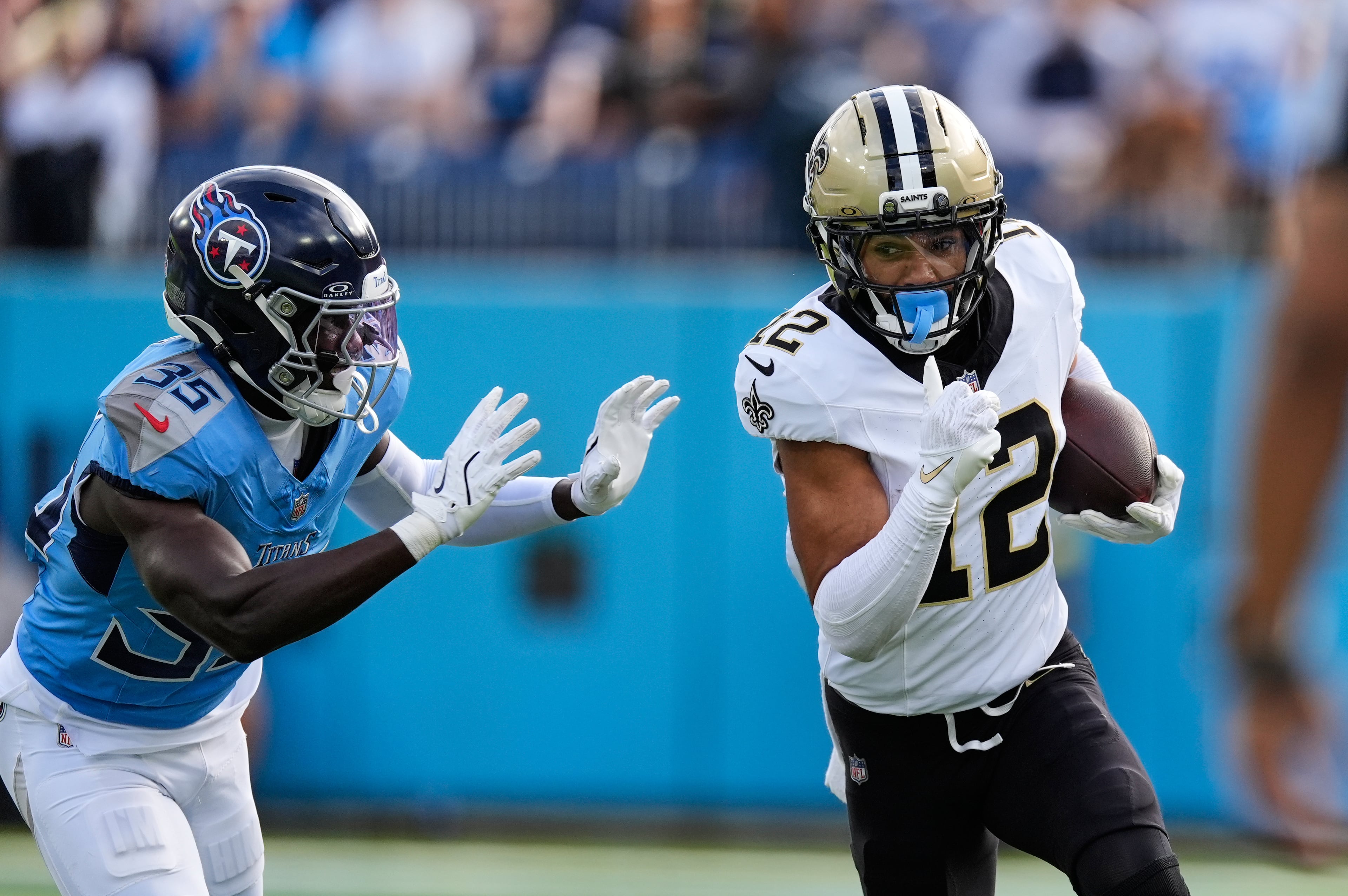Noah Lyles’ Olympics lesson: Exercising with COVID-19 a challenge for all
It doesn’t just happen to elite athletes: COVID-19 is also interfering with Atlantans’ workouts this summer, as a surge in cases leads many to ask, as Noah Lyles did recently at the Olympics, is it ok to exercise with the virus?
The answer is a qualified yes, as long as you listen to your body, and minimize exposing others to the virus, Atlanta-area doctors said.
“Return to exercise after any respiratory infection, including COVID, should consider the person’s duration and severity of symptoms and underlying medical conditions,” said Dr. Andi Shane, medical director of infectious diseases at Children’s Healthcare of Atlanta. Shane said the advice applies both to adults and children.
Lyles, the world’s marquee sprinter, had been expected to win gold in the 200-meter sprint last week. The 27-year-old revealed he had tested positive two days before his bronze-medal finish, prompting many to ask if Olympic doctors should have allowed him to run at all. “I still wanted to run,” said Lyles, wearing a mask after the race as he spoke to reporters. “They said it was possible.”
For casual exercisers however, the stakes are decidedly lower than at the Olympics. For this reason, doctors say a return to exercise after COVID infection should happen gradually.
“I think it’s important to listen to your body,” said Dr. Nicholas Church from the Emory Clinic in Decatur. “Everyone recovers from COVID in their own way – it can take a few days for some, or a few weeks for others. The goal is to get back to 100% as soon as you can. Getting the rest you need is an important part of that process.”
During previous COVID waves, doctors had recommended that individuals with no symptoms or minimal symptoms aim to return to their pre-infection exercise habits approximately 7 to 14 days after their last positive test.
But in March, the Centers for Disease Control and Prevention (CDC) said people who have tested positive for COVID could return to normal activities when, for at least 24 hours, symptoms are improving overall, and if a fever was present, it has been gone without use of a fever-reducing medication. It also recommended mask usage for the next five days to curb disease spread.
Atlanta-area doctors said the CDC recommendations are sound, but that people who engage in vigorous exercise should adapt to suit their recovery.
Dr. Shane said, for example, it’s critical to avoid musculoskeletal injury that may be associated with sudden increases in training volume and intensity after a period of inactivity. COVID also leads to an increased risk of myocarditis (inflammation of the heart muscle) and other cardiac conditions. Shane says it’s rare, but “any symptoms such as pressure, tightness, squeezing pain in chest, arms, neck, jaw or back, cold sweat, difficulty breathing, or sudden dizziness during exercise or at rest, should result in immediate medical evaluation.”
Dr. Nicholas Fitzpatrick, a pediatric pulmonologist and Shane’s colleague at Children’s Healthcare, said teen athletes might consider taking a few days off during the worst of their COVID symptoms. “But unless the child has asthma, I wouldn’t think that exercising during a COVID infection would be ill advised. It may even be helpful to do light exercise to help the lungs clear mucus — keeping in mind that increased fatigue might occur,” he said.
And of course, when exercising inside, Fitzpatrick said teens and adults alike need to wear masks because “if you’re still acutely contagious, the risk of exposing someone else is going to go up. Exercise outside is safer in this context.”
For adult joggers like Buckhead Run Club member Patrick Ford of Atlanta, feeling “lousy” during a recent Tuesday jaunt led him to take a COVID test. “Sure enough it was positive,” Ford said.
He took three days off from running, but eventually gave into the temptation to “at least take a walk to close my circles on my Apple Watch.” But he was still taking it easy several days later, and his fatigue only lifted by Saturday when he and his partner went to Stone Mountain, at which point his running time had nearly returned to normal.
“I guess the big takeaway is I did back off, but still used some reduced physical activity to gauge my recovery,” he said.
Data specialist Stephanie Lamm contributed to this report
This story has been updated to correct the name of Dr. Nicholas Fitzpatrick, a pediatric pulmonologist at Children’s Healthcare.


